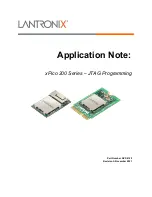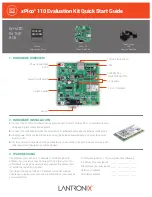
EB 2640 EN
11
Operation
4.3
Safety valve
The Types 2371-10/-11 Regulators are shut-
off devices that do not guarantee absolute
tight shut-off (leakage class, see section 9 on
page 26).
As a result, the output pressure p
2
can rise to
the same level as the downstream pressure
p
1
in a plant which does not have its own
consumption.
WARNING!
The pressure in the entire system must
not exceed the maximum permissi
-
ble pressure. Corresponding safety
equipment (e.g. safety valve) must be
installed downstream of the regula-
tor. Ensure that the pressure reducing
valve itself cannot exceed the spec
-
ified maximum pressure of 10 bar
(150 psi).
The permissible temperature and pressure
limits are specified on the regulator.
4.4
Leakage line connection
A leakage line can be connected to the regu-
lator when toxic or dangerous media are
used. In the event of a defective diaphragm
(e.g. diaphragm rupture), any process medi
-
um that escapes can be fed through a pipe
to a safe location.
Adapt the pipe diameter to the connection at
the regulator.
5 Operation
5.1 Start-up
First start up the regulator after mounting all
parts.
Fill the plant slowly with the process medium.
Avoid pressure surges. Open the shut-off
valves first on the upstream pressure side.
Afterwards, open all the valves on the con
-
sumer side (downstream of the regulator).
Tip:
For optimal control, the required
pressure set point must be within the
top end of the setting range.
5.2 Adjusting the set point
The set point must be adjusted on starting up
the plant running under normal operating
conditions.
The pressure gauge located on the down
-
stream (output) pressure side allows the ad
-
justed set point to be monitored.
−
The set point adjustment in Type 2371-
10 is pneumatic
1)
.
−
The set point of Type 2371-11 is adjust
-
ed manually by tensioning the set point
spring.
___
1)
External supply air (e.g. compressed air,
pmax = 8 bar) required












































